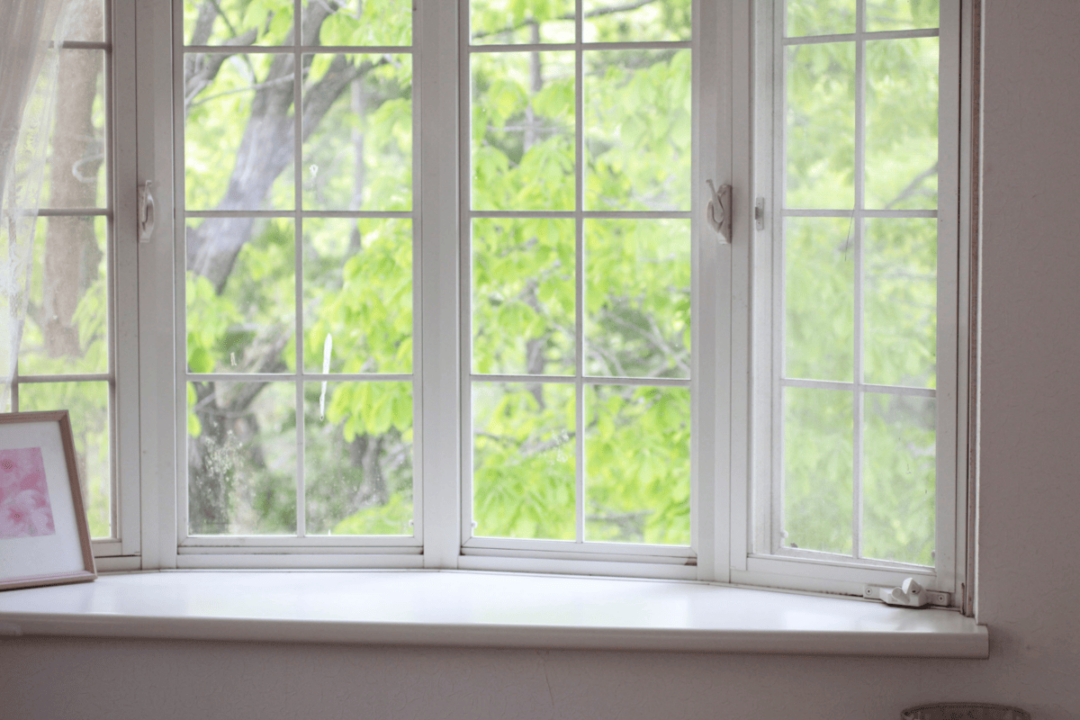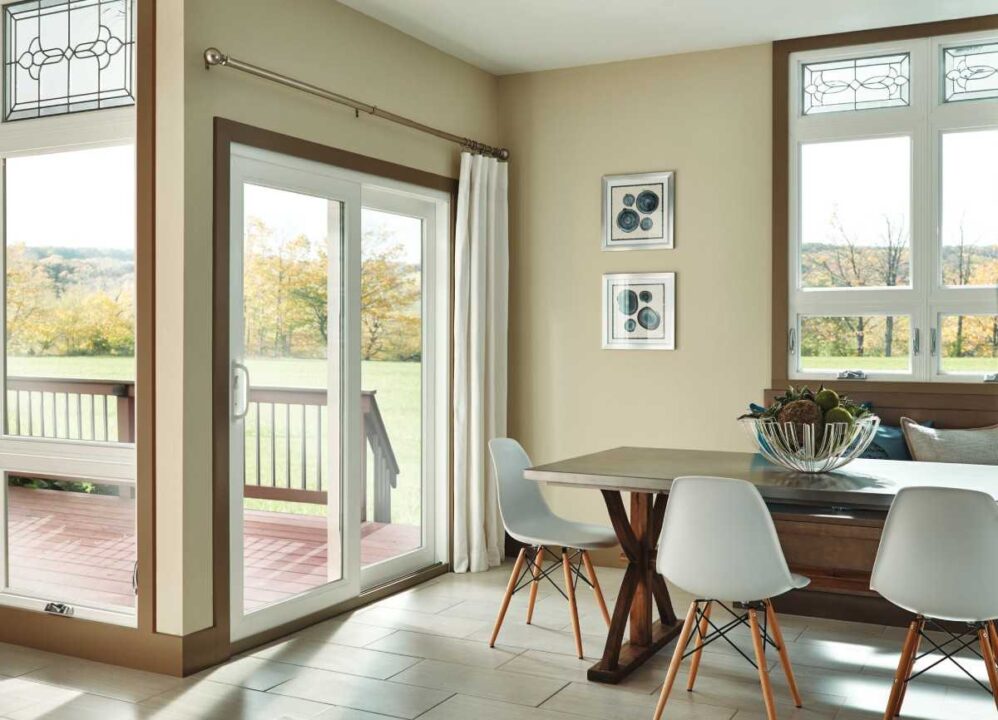Fire-resistant siding can make a major difference in how well your home holds up under extreme heat or unexpected hazards. Whether you’re replacing old siding or building from scratch, choosing the right material could help protect your investment for years to come.
Many homeowners ask us which siding options are safest when it comes to heat exposure. We offer two widely trusted products: vinyl and James Hardie fiber cement. Each has its own strengths. In the next sections, we’ll explain what sets them apart, how they perform under high heat, and which one might be a better fit depending on your priorities.
The Two Fire-Resistant Siding Options We Offer
Vinyl siding is a maintenance-free material that never needs painting. Once installed, you won’t need to worry about repainting or sealing. The color runs throughout the entire board, so if you choose blue siding, it’s blue all the way through. Scratches are far less noticeable because the color is consistent inside and out.
1. Vinyl Siding
Vinyl siding is a maintenance-free material that never needs painting. Once installed, you won’t need to worry about repainting or sealing. The color runs throughout the entire board, so if you choose blue siding, it’s blue all the way through. Scratches are far less noticeable because the color is consistent inside and out.
Vinyl is also:
- Highly insect resistant
- Visually appealing
- Durable under normal weather conditions
However, vinyl siding has limitations in heat resistance. A common service call we receive involves homeowners placing their grill too close to the wall. The heat causes the siding to melt or warp, and unfortunately, that’s not something covered under warranty. Whether it’s out-of-pocket or through a deductible, repairs for heat damage are usually the homeowner’s responsibility.
2. James Hardie® Fiber Cement Siding
James Hardie fiber cement siding is a more heat- and fire-resistant option than vinyl. Because it’s made from cement-based material instead of plastic, it stands up far better to high temperatures and outdoor hazards like hail and severe weather.
Key features include:
- Superior fire resistance
- Greater resistance to heat and weather
- Insect resistance
- Strong curb appeal
In the same scenario where a grill is placed too close, fiber cement siding holds its shape. It will not warp or misshape under heat. The heat could affect the paint, but not the material itself. That level of protection offers peace of mind and strong long-term performance.
Understanding Paint and Scratch Resistance
Both types of siding are durable, but they handle scratches differently.
- Vinyl siding: doesn’t need to be painted. That means if it gets scratched, you won’t see a different color underneath.
- Fiber cement siding: comes pre-painted from the factory and includes a 15-year paint warranty. But because it’s painted, scratches can reveal the gray cement beneath the color. The good news is you can easily touch up those areas with matching paint.
We believe both options have value. It often comes down to your preferences. For example, in our own family:
- One of us prefers the fiber cement siding for its strength and resistance to fire.
- Another family member has vinyl siding and loves how little maintenance it requires.
There’s no wrong answer — it’s about what matters most to you.
Heat and Fire Resistance in Real Life
We often get calls from customers who accidentally melted their siding. The most common service request we receive for vinyl siding is when a homeowner starts their grill too close to the home. The heat can cause the vinyl to warp or melt, and unfortunately, that type of damage is not covered under warranty. Most of the time, homeowners end up paying for repairs themselves or going through their homeowner’s insurance and paying a deductible.
With James Hardie fiber cement siding, you don’t run into that issue. If you put a grill too close to fiber cement siding, the structure won’t melt or warp. The heat might affect the paint, but the cement itself will stay intact. That level of protection is a huge win when you’re thinking about fire safety and long-term performance.
Comparing Fire Resistance: Vinyl vs. Fiber Cement
If your top concern is fire resistance, here are some important comparisons to keep in mind:
- Material: Vinyl siding is made from a plastic-based material (PVC), while James Hardie siding is made from fiber cement, giving it a clear advantage when it comes to heat tolerance.
- Fire Resistance: Vinyl siding can melt when exposed to high heat, such as from a grill placed too close to the house. Fiber cement siding, on the other hand, can withstand high temperatures without warping or losing its shape. The paint may discolor, but the structure remains intact.
- Maintenance Needs: Vinyl siding does not require painting and is virtually maintenance-free. James Hardie siding is pre-painted and has a 15-year warranty on the paint, but it may need occasional touch-ups if scratched.
- Durability: Both options are insect-resistant, but fiber cement siding has better resistance to severe weather conditions like hail or high winds.
- Scratch Visibility: Scratches on vinyl siding are harder to notice because the color runs through the material. Scratches on fiber cement siding are more visible but can be touched up with paint.
Each option offers solid protection, but the right choice depends on your specific priorities and the environment around your home.
Real Customers, Real Preferences
We’ve installed both options in our own families. Personally, we prefer James Hardie fiber cement siding because of its fire resistance and durability. But not everyone makes the same choice. For example, my mom has vinyl siding on her house, and she loves how easy it is to maintain.
At the end of the day, it really comes down to what’s important to you—fire protection, maintenance, or appearance.
In Summary
When comparing siding options, it’s clear that both vinyl and James Hardie offer long-term durability, but James Hardie stands out as the better choice for those prioritizing fire-resistant siding. While vinyl performs well in everyday conditions, it can melt in extreme heat. James Hardie’s fiber cement siding is built to resist high temperatures, making it a safer option in fire-prone areas. Ultimately, the right choice depends on your specific needs—whether that’s low maintenance or enhanced fire protection.
If you need help deciding which fire-resistant siding is right for your home, contact us today to schedule a free consultation.



